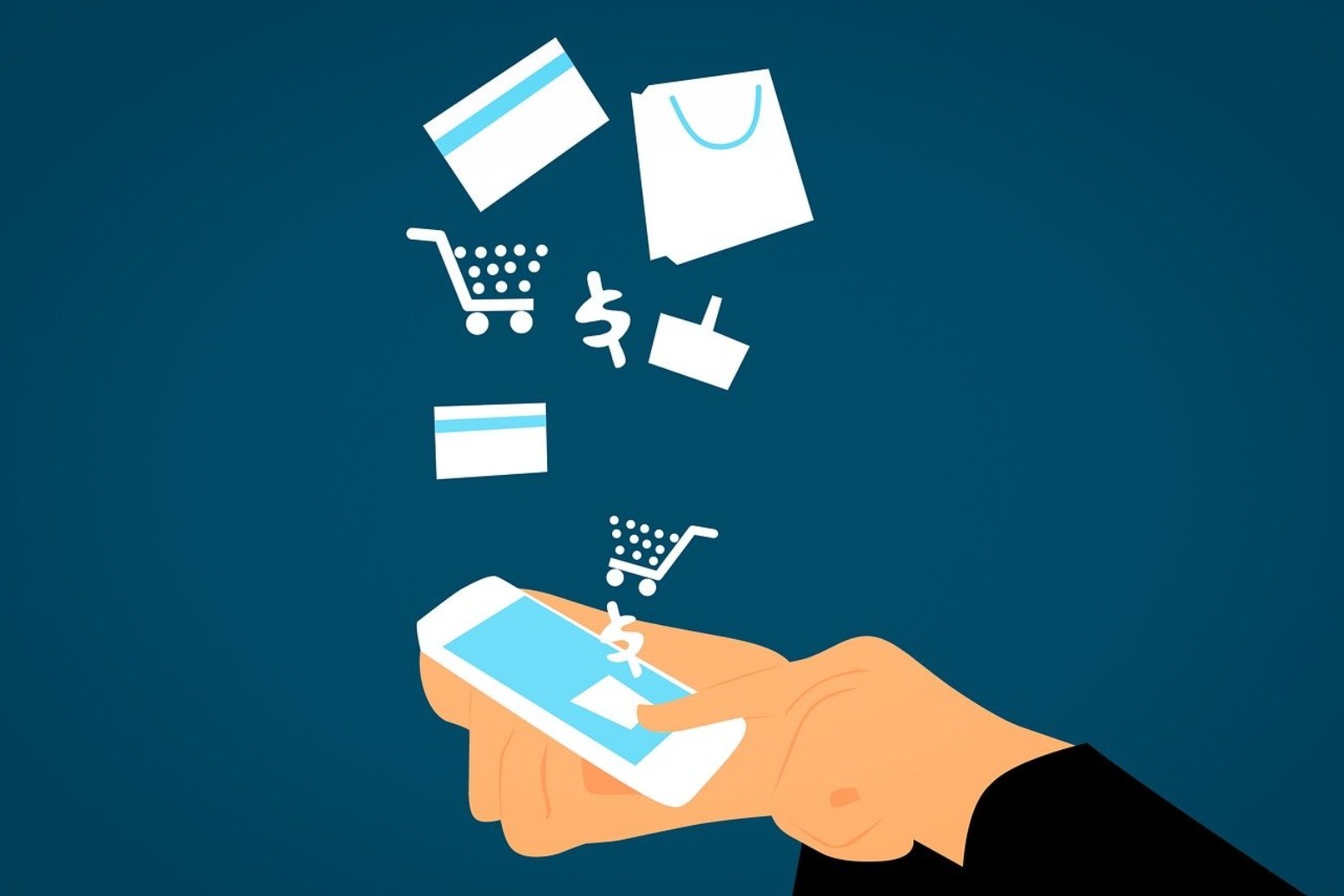
Retailtainment: The New Normal for Ecommerce
Reports indicate that 'retailtainment' is on the rise, that is the combination of online retail services and entertainment.
With changing consumer demands and the rise in related technologies, let's explore how retailtainment is becoming the new normal for e-commerce.
The Modern Consumer
In the age of technology, consumers demand a service that is easy to understand and navigate, quick, secure, and personalised. This is a trend we can see throughout many different sectors.
Just take something like online casinos. Nowadays, players can join live games of blackjack for cash which use live-stream technology to provide real-time video feeds. Through the platform, players can communicate with one another and the dealer. This provides players with an authentic casino experience in real time, and allows the dealer to personalise the experience for each player.
This same technology has become popular in e-commerce, too. Traditionally, online shoppers might watch a broadcast channel or pre-recorded product launch, and then have to navigate to the product page or call a number. Now, technology has allowed e-commerce to move into live streaming - otherwise known as live shopping, just one example of retailtainment. These live streams, again, have real-time feeds, allowing the consumer to interact with the host with any questions they might have. Thanks to interactive technologies, consumers can also find they can make instant purchases without navigating away from the video, streamlining the sales journey.
Increasing Engagement
Previously, research has found that the attention span of the average consumer is just 8 seconds. That's less than that of a goldfish! However, in reality we will often find that this isn't the case - the average gamer, for example, plays around 8.5 hours a week. The question, then, is not how to increase attention span, but how to interact with consumers in a way that keeps them engaged. For some online retailers, this has led to the introduction of gamification techniques.
Clothing brands like Lacoste, JD Sports, and Gucci, as well as makeup giant Charlotte Tilbury, have all tried their hand at gamification. These quite literal interpretations of the technique have provided online games on their websites or mobile apps, through which consumers can win prizes or coins that can be spent in the store. That said, gamification can be as simple as a points reward scheme. Harvey Nichols, Boots, and Waterstones are all examples of fuss-free reward schemes that effectively gamify the shopping experience.
The New Normal?
In the UK, 88% of consumers now use social media for online shopping, particularly Instagram, TikTok, Facebook and YouTube. Further to this, 69% of completed online purchases came from a mobile, amounting to 70% of all orders and 80% of online visits. What this goes to show is that the way consumers are interacting with online retailers is changing. And, with changing needs demanding something quick, easy, and personalised, retailers will have to adapt to meet these expectations.
With this in mind, it is no wonder that retailtainment is on the rise, combining elements of gamification and social media to provide consumers with an experience that is instant, live, interactive, and engaging. Yet, with technology ever developing, it is likely that retailtainment hasn't reached its full potential. In fact, it may only just have begun - the possibilities are endless.
Published: by Radio NewsHub